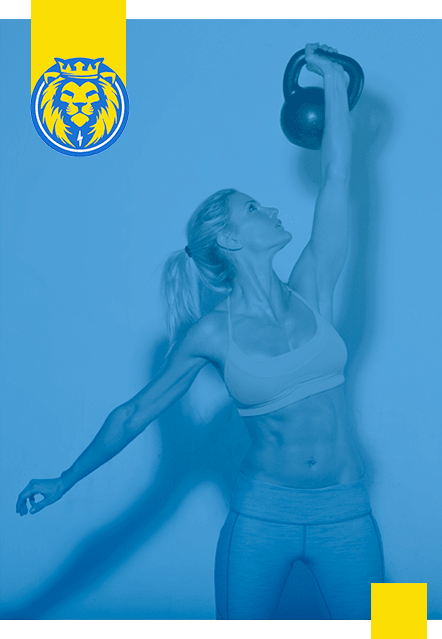
The Science-Backed Benefits of Foam Rolling: Expert Insights from Your Personal Training Scottsdale Team
Introduction
At Legacy Personal Training serving North Scottsdale, Paradise Valley, and surrounding areas, we've integrated foam rolling into our comprehensive fitness programs. Through our small group fitness and semi private personal fitness sessions, we've witnessed how this self-myofascial release technique enhances performance and recovery. Our Legacy gym locations across DC Ranch and Cave Creek utilize foam rolling as an essential tool for athletes and fitness enthusiasts alike. Let our personal fitness trainers Scottsdale team guide you through the science and benefits of this powerful recovery technique.
What is Foam Rolling?
At our Legacy gym locations throughout North Scottsdale, our personal training near me services incorporate foam rolling as a key recovery tool. Through our small group personal fitness programs, we teach clients how to use cylindrical foam rollers to target specific muscle groups. Our personal fitness trainers Scottsdale team demonstrates how this technique releases tension in the fascia and muscles, improving mobility and enhancing recovery for clients from Paradise Valley to Troon.
The Science Behind Foam Rolling
1. Myofascial Release and Fascial Health
Through our Legacy Personal Training programs, we educate clients about the fascia's role in movement and structural integrity. Our semi private group fitness sessions demonstrate how factors like repetitive movements and poor posture can cause fascial stiffness. At our DC Ranch and Cave Creek locations, we use foam rolling to release these adhesions and promote tissue health.
2. Improved Range of Motion and Flexibility
At our Legacy Personal Training facilities in North Scottsdale, our semi private personal fitness programs demonstrate foam rolling's impact on flexibility. Our personal training Scottsdale experts apply research-backed techniques that show just two minutes of foam rolling can significantly increase joint range of motion. Through our small group fitness sessions, we help clients from Paradise Valley and surrounding areas achieve optimal mobility.
3. Reduction of Muscle Soreness and DOMS
Our Legacy gym programs incorporate foam rolling to combat delayed onset muscle soreness (DOMS). Whether you're training at our Troon or DC Ranch locations, our personal training near me services include targeted foam rolling techniques to improve circulation and accelerate recovery. Research supports our approach, showing significant reductions in muscle soreness when foam rolling is used post-exercise.
4. Enhanced Muscle Recovery and Performance
Through our small group personal fitness programs at Legacy Personal Training, we emphasize how foam rolling accelerates recovery. Our Cave Creek and Paradise Valley clients benefit from improved blood flow and nutrient delivery to muscles, supporting faster recovery and maintained performance levels.
5. Neurological Benefits: Reducing Stress and Promoting Relaxation
At Legacy Personal Training, our personal fitness trainers Scottsdale team integrates foam rolling into stress management protocols. Through our small group fitness sessions across North Scottsdale locations, we demonstrate how foam rolling stimulates mechanoreceptors to promote relaxation. Our Legacy gym members from Paradise Valley to Troon experience reduced muscle tension and improved well-being through these techniques.
How to Incorporate Foam Rolling into Your Routine
Through our semi private personal fitness programs, we teach proper foam rolling techniques:
- Warm-Up: Our personal training near me services include pre-workout foam rolling to prepare muscles for exercise.
- Post-Workout Recovery: At our DC Ranch and Cave Creek facilities, we guide clients through post-workout foam rolling protocols.
- Intra-Workout: Our semi private group fitness sessions incorporate foam rolling during rest periods.
- Target Specific Areas: Our Legacy gym experts help identify and address problem areas through targeted foam rolling.
Conclusion
At Legacy Personal Training in Scottsdale, we integrate scientifically-supported foam rolling techniques into our comprehensive fitness programs. Our personal training Scottsdale experts help clients achieve improved flexibility, reduced soreness, and enhanced recovery through proper foam rolling techniques.
Ready to take your fitness and recovery to the next level? Schedule a consultation at our Legacy gym today. Whether you're interested in personal training near me options or small group fitness classes, our experts will guide you through effective foam rolling and recovery techniques. Join our community of dedicated fitness enthusiasts from North Scottsdale to Paradise Valley, and experience the transformative benefits of our comprehensive approach to fitness and health.

